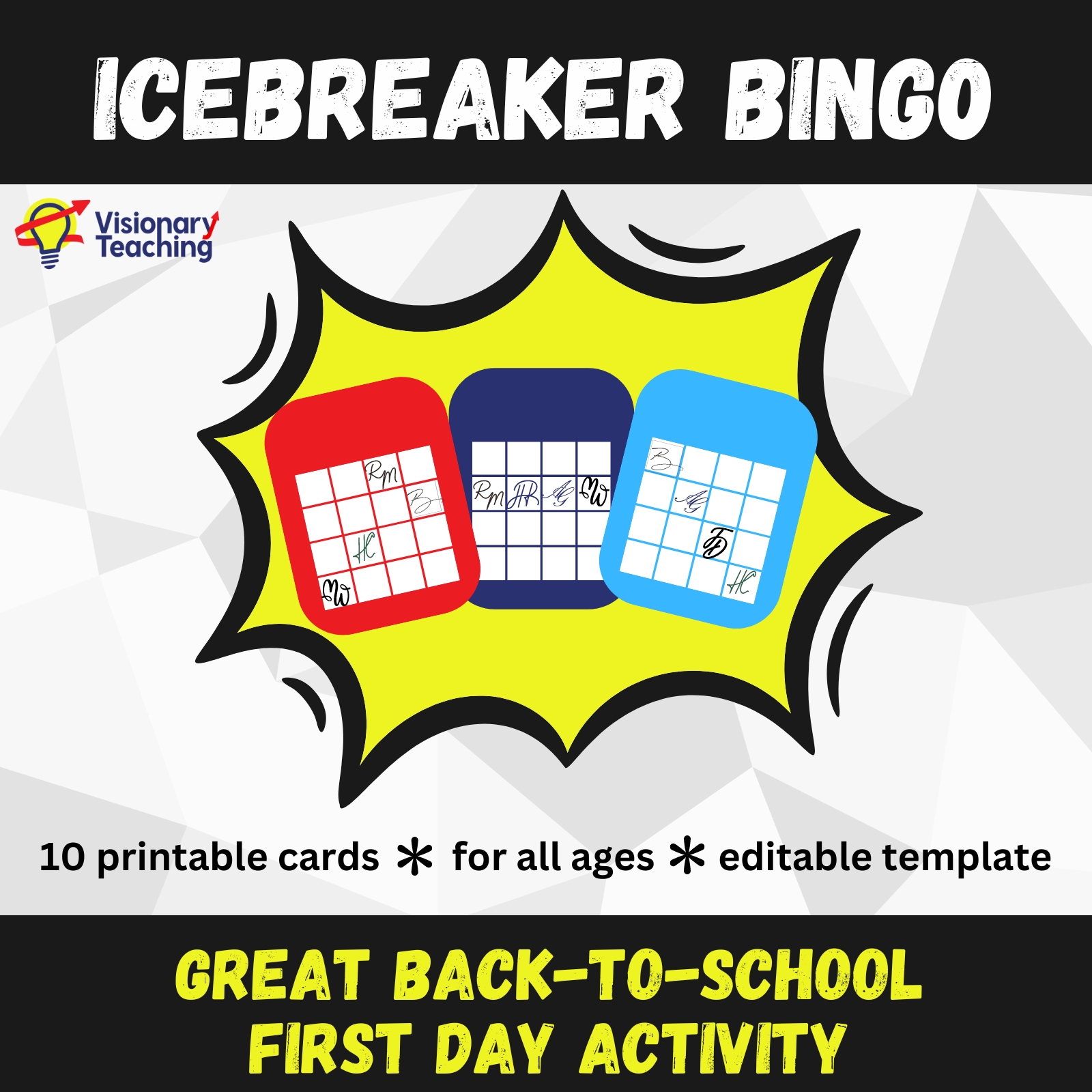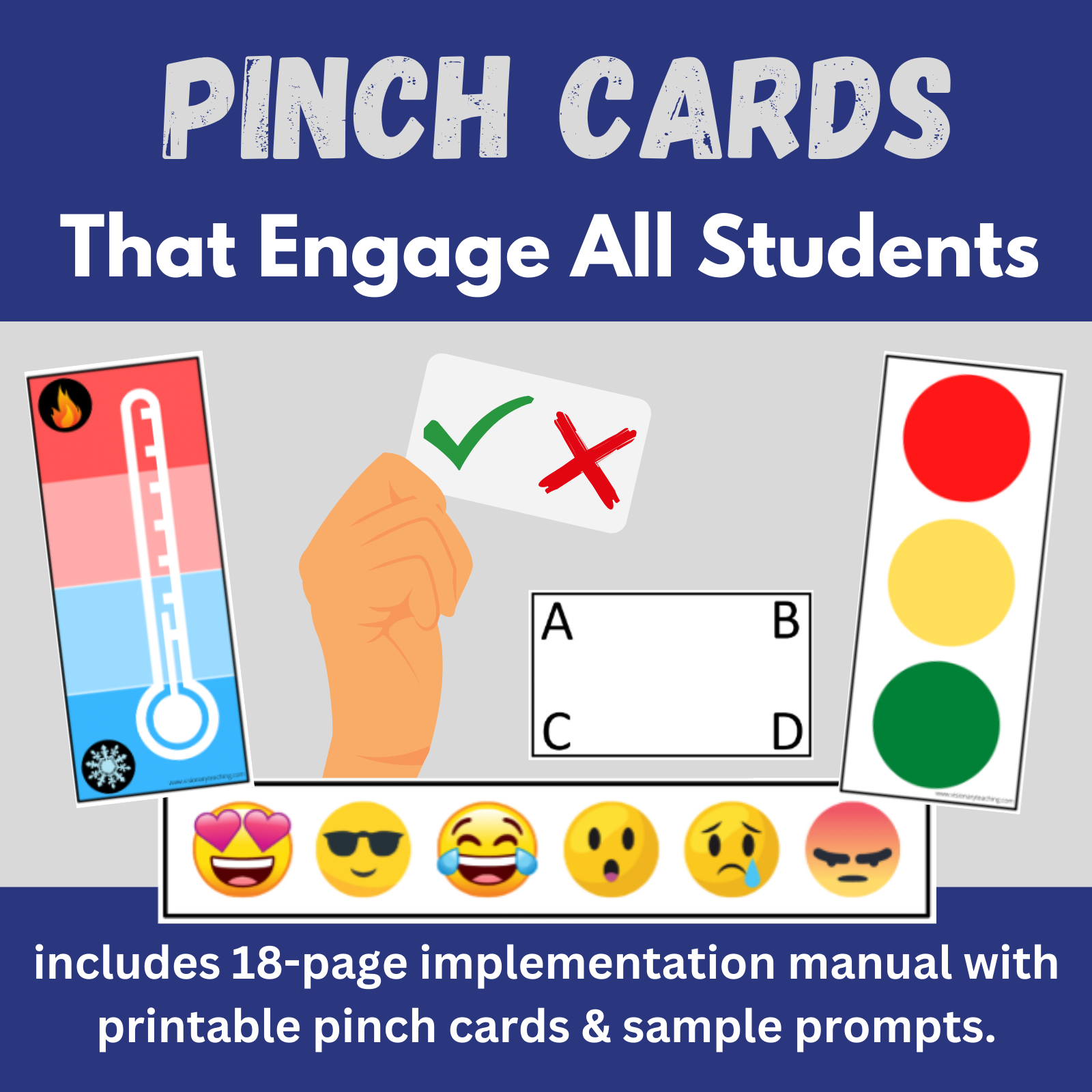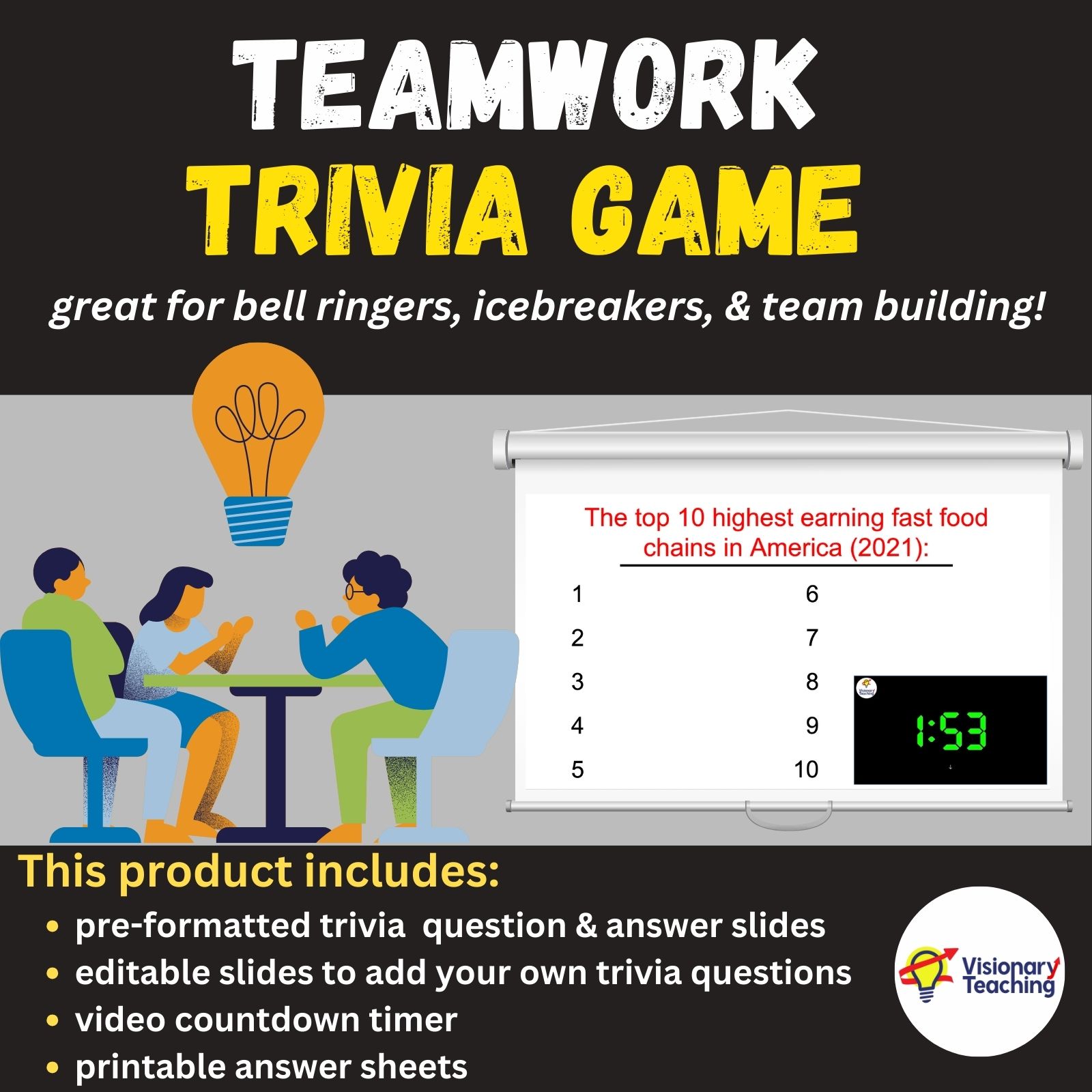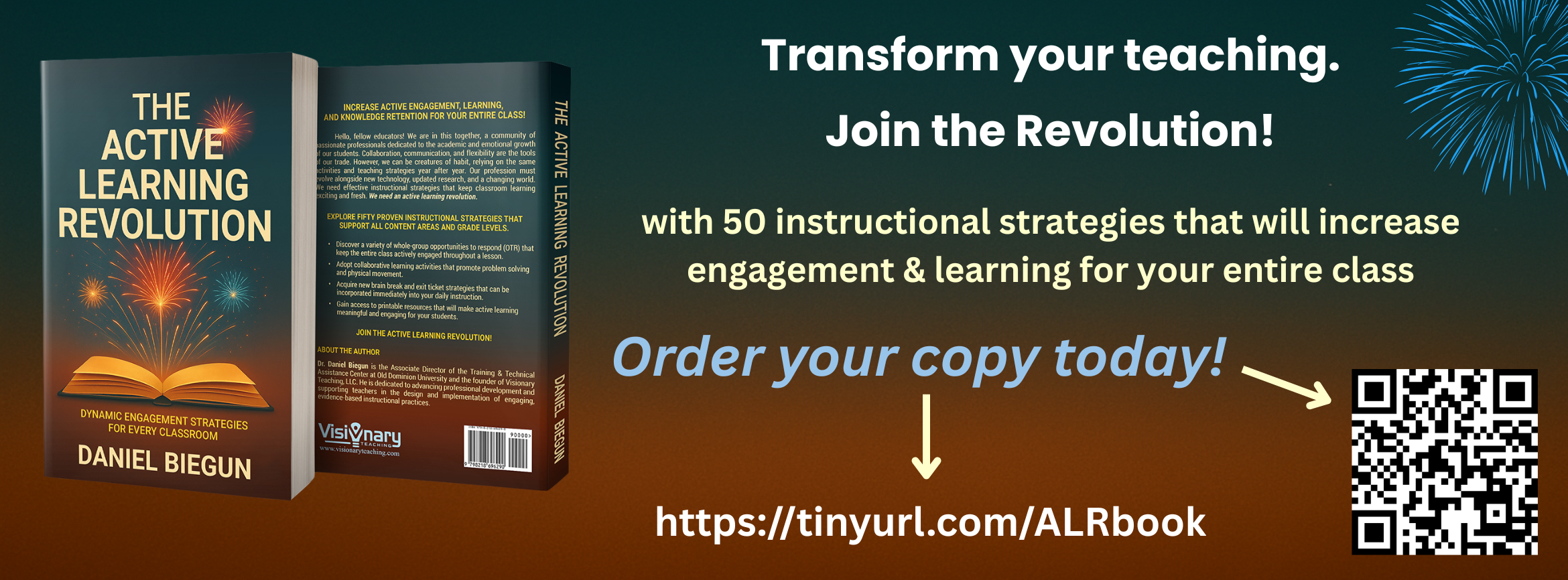Let’s admit that a lot of professional development (PD) is subpar- boring & ineffective.
Regardless of what we call our adult learning activities- workshops, conferences, webinars, inservices, training, professional development, or professional learning– we are conditioned to accept mediocre experiences.
Professional development can be boring when an “expert” reads to the audience from an endless slide deck full of bullet points.
Professional learning can be ineffective when the objective is to check a box that says the staff were “trained”, rather than focusing on actual professional growth.
Three ways to make professional development exciting & effective!

Action Oriented Professional Development
Get your audience up and moving! Forget the lecture and offer an immersive and interactive learning experience. Provide an interactive opportunity every 10 minutes. This may sound like a lot, but consider the implications. Would you rather give your audience a large amount of information that will be neither remembered nor implemented? Or would you prefer to offer a moderate amount of information that will be both retained and implemented?
Interactive learning opportunities with hands-on experiences have been associated with improved teaching practices (Chen & McCray, 2012; Hunzicker, 2011). When we encourage physical movement, we increase the likelihood that learners will retain new information. Action-oriented learning lends itself well to audiences of teachers. As the trainer, you would do well to model the engaging teaching strategies that you want your audience to implement in their own classrooms.
Action oriented learning opportunities can be used at any point in your session. It is always great to begin with an interactive opening activity. You will also want to have action oriented opportunities after breaks. Keep your presentation moving and you will be amazed at how your audience remains engaged throughout.
We have previously explored some great instructional activities that encourage learners to leave their chairs and move around the room. Check out Think-Pair-Share-Pair-Share and Ice Breaker BINGO.
Encourage Collaboration
Teaching is a collaborative job, yet our professional development opportunities tend to be the opposite. We sit and listen to a single speaker share their thoughts and ideas. Wouldn’t we benefit more from the collective experiences and ideas of a room full of educators?
Collaborative learning activities are important to the successful implementation and maintenance of newly acquired instructional skills (Blank & de las Alas, 2009; Darling-Hammond et al., 2017; Dunst et al., 2015). Examples of collaboration include cooperative learning activities or opportunities for discussion and reflection with co-participants.
Groups of teachers and administrators who dedicate time to learn together have more successful professional learning outcomes (Chen & McCray, 2012; Peppers, 2015; Willis & Templeton, 2017). Specifically, there is evidence suggesting that administrators learning and collaborating alongside teachers they supervise increases the effectiveness of professional learning activities (Peppers, 2015).

Consider Duration
Please resist the urge to cram stand-alone training into short periods of time. One-off trainings are rarely effective. Duration is important to continued learning and successful implementation of new practices.
Duration can be interpreted in two ways: contact hours of professional development or a span of time over which professional development is to be implemented. Longer duration of professional learning activities allows time for participant discussion and reflection. Additionally, professional learning over time allows time for teachers to implement, receive feedback, adjust, and reevaluate their instructional practices, therefore increasing the effectiveness of the implementation.
Professional Learning Communities (PLC) are an effective means of providing sustained professional development to teachers (Dickinson, Freiberg, & Barnes, 2011; Schachter, 2015). PLCs meet regularly and often have built-in opportunities for members to collaborate between meetings (Carpenter, 2015). Learning activities are typically designed to continually refresh or update teachers’ learning over a period of time.
The best advice I can offer for your professional development is to be the teacher that you want your audience members to be. If you want your teachers to be engaging, you must work hard to gain/maintain their attention during training. If you want your teachers to be organized, then you must show up well-prepared for your professional learning events.
Professional learning is not just about the content that we are sharing. The “how” is just as important as the “what.” You may be teaching your audience about a given topic, but the way that you present will also resonate.
Finally, don’t be afraid to be fun. If you are enjoying the presentation, it is more likely that your audience will remain engaged.
Happy teaching!
References:
Blank, R.K. & de las Alas, N. (2009). Meta-analysis study of the effects of teacher professional development with a math or science content focus on improving teaching and learning. Washington, D.C.: Council of Chief State School Officers.
Carpenter, D. (2015). School culture and leadership of professional learning communities. International Journal of Educational Management, 29(5), 682-694.
Chen, J., and McCray, J. (2012). The what, how, and why of effective teacher professional development in early mathematics education. NHSA Dialog: A Research-to- Practice, Journal for the Early Childhood Field, 15(1), 113-121.
Darling-Hammond, L., Hyler, M.E., & Gardner, M. (2017). Effective teacher professional development. Palo Alto, CA: Learning Policy Institute.
Dickinson, D. K., Freiburg, J. B., & Barnes, E. M. (2011). Why are so few interventions really effective? A call for fine-grained research methodology. In S. B. Neuman & D. K. Dickinson, Handbook of early literacy research (Vol. 3, pp. 337-357). New York, NY: Guilford Press.
Dunst, C.J., Bruder, M.B., & Hamby, D.W. (2015). Meta-synthesis of in-service professional development research: Features associated with positive educator and student outcomes. Educational Research and Reviews, 10(12), 1731-1744
Hunzicker, J. (2011). Effective professional development for teachers: A checklist. Professional Development in Education, 37(2), 177-179.
Peppers, G. J. (2015). Teachers’ perceptions and implementation of professional learning communities in a large suburban high school. National Teacher Education Journal, 8(1), 25-30.
Schachter, R. E. (2015). An analytic study of the professional development research in early childhood education. Early Education and Development, 26(8), 1057-1085.
Willis, J. C., and Templeton, N. R. (2017). Investigating the establishment and sustainability of professional learning communities in rural east Texas: The principals’ perspectives. Rural Educator, 38(1), 30-37.





